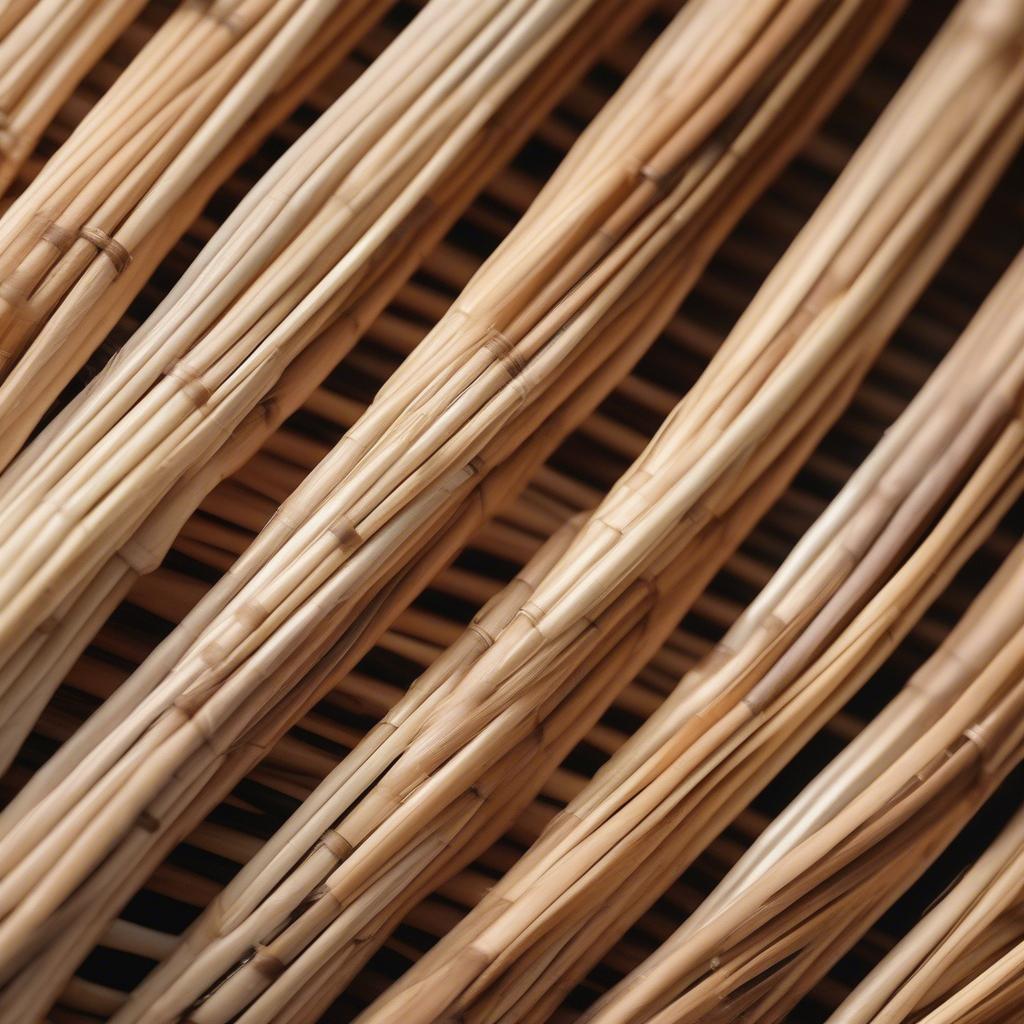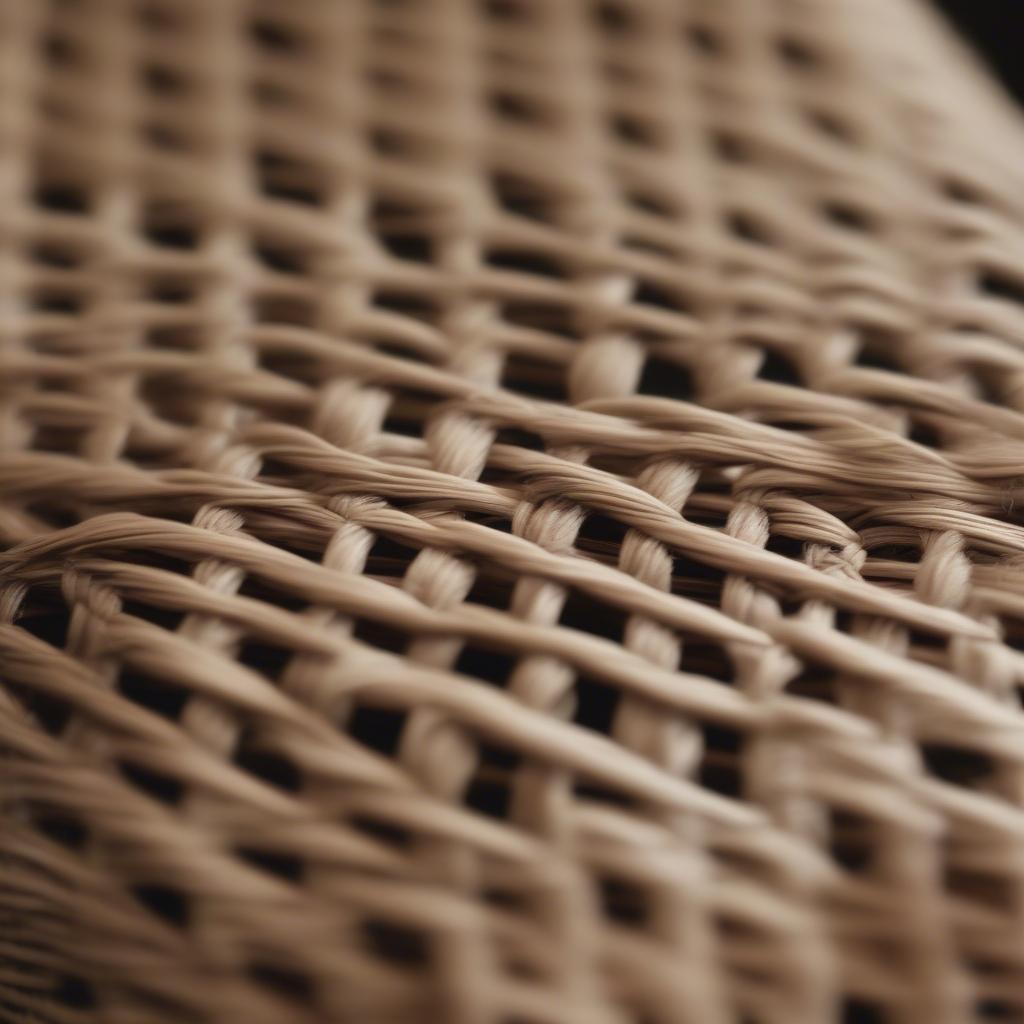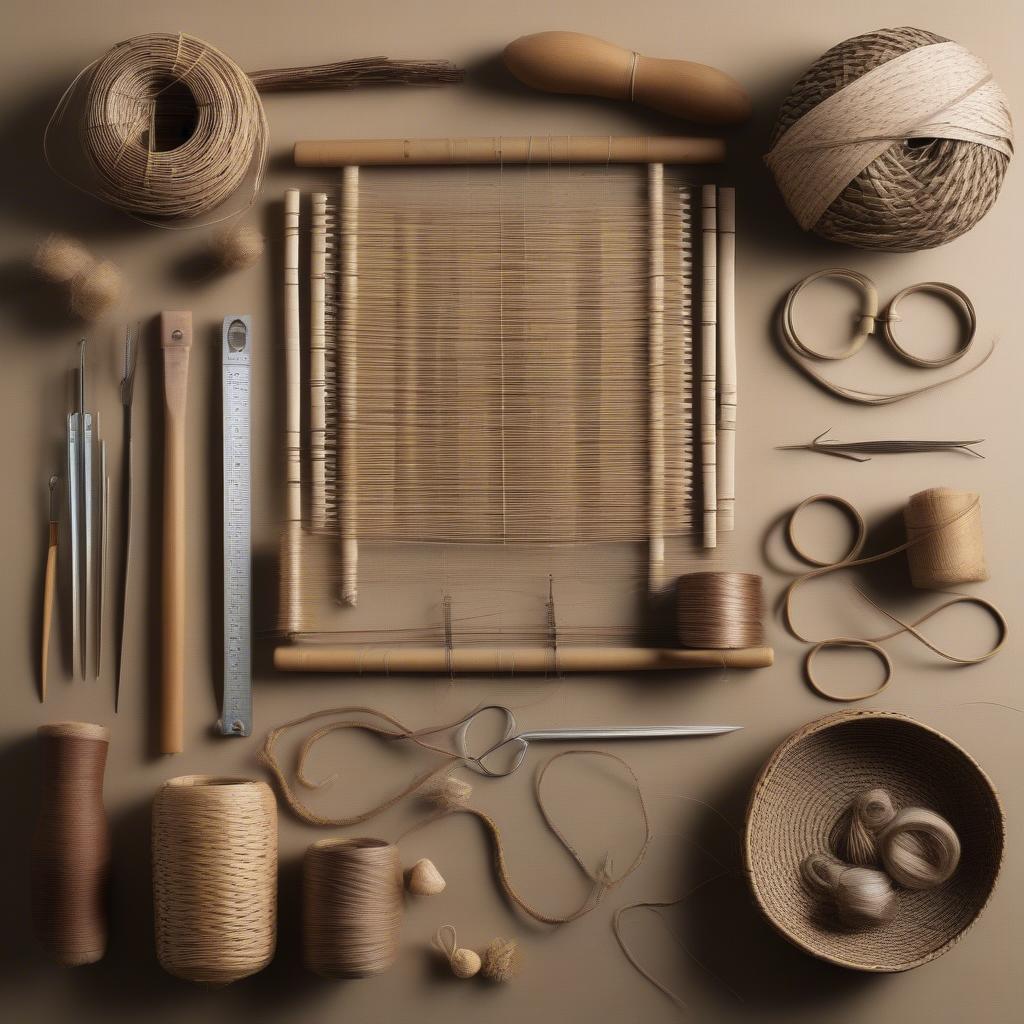Weave Hat
Smeagol Hates Weaving Ends: A Deep Dive into Finishing Touches
“Smeagol hates weaving ends.” This seemingly simple phrase speaks volumes about the often-overlooked aspect of basket weaving and other fiber arts: finishing. While the joy of creating intricate patterns and sturdy structures is undeniable, the task of neatly and securely weaving in the loose ends can feel like a chore, even for the most experienced artisan. This article explores why finishing is crucial, common challenges faced, and effective techniques to achieve professional, polished results.
Why Finishing Matters in Basketry and Weaving
Properly woven-in ends ensure the longevity and structural integrity of your creations. Loose ends can unravel, compromising the basket’s strength and overall aesthetic. Imagine a beautifully woven wicker basket unraveling at the handle – a disheartening sight indeed. Furthermore, neatly finished ends elevate the piece, showcasing attention to detail and craftsmanship. It’s the difference between a handmade item that looks amateur and one that exudes professionalism.
The Importance of Secure Ends
Securing the ends is paramount for any woven piece, whether it’s a rattan chair, a wicker basket, or a woven wall hanging. A secure finish prevents the piece from fraying, unraveling, or losing its shape over time. This is especially important for items that will experience regular use or exposure to the elements.
 Securely Woven Ends in a Rattan Basket
Securely Woven Ends in a Rattan Basket
Enhancing the Aesthetic Appeal
Beyond structural integrity, finishing touches significantly impact the overall aesthetic. Neatly woven ends create a polished, professional look, enhancing the visual appeal of the piece. This attention to detail elevates the craft from a simple DIY project to a work of art.
Common Challenges in Weaving Ends
Weaving in ends can be fiddly, especially for beginners. The struggle is real, and even seasoned weavers can find it tedious. Common challenges include difficulty maneuvering the ends through tight weaves, ensuring the ends are securely hidden, and maintaining the overall pattern and tension of the weave. For complex weaves, the process can be even more challenging, requiring patience and precision.
Navigating Tight Weaves
Working with tight weaves often presents a challenge when it comes to concealing ends. The limited space can make it difficult to maneuver the needle or weaving tool, requiring a delicate touch and strategic approach.
Maintaining Pattern and Tension
Another hurdle is maintaining the original pattern and tension of the weave while incorporating the ends. It’s crucial to avoid disrupting the flow of the weave or creating noticeable bumps or irregularities.
 Maintaining Weave Pattern in a Wicker Chair
Maintaining Weave Pattern in a Wicker Chair
Effective Techniques for Weaving in Ends
Several techniques can help overcome the challenges of weaving ends and achieve a professional finish. These techniques vary depending on the type of weave and material used. Some common methods include tucking the ends into existing rows, weaving them back into the weave, and securing them with a small stitch or knot. Choosing the right technique depends on the specific project and the weaver’s preference.
The Tuck and Weave Method
This common technique involves tucking the loose end into a previous row or loop and then weaving it back into the existing structure for several inches. This secures the end while minimizing its visibility.
Securing with a Stitch or Knot
For certain weaves, a small, discreet stitch or knot can effectively secure the end. This method is particularly useful for thicker materials or when a more robust finish is required.
Using a Weaving Needle
A weaving needle can be a valuable tool for navigating tight weaves and seamlessly integrating the loose ends. The needle allows for precise placement and helps prevent disruption to the overall pattern.
Expert Insights on Finishing Techniques
Renowned basket weaver, Anya Petrova, emphasizes the importance of patience and practice: “Finishing is the final flourish that elevates a piece. Don’t rush it. Take your time, experiment with different techniques, and you’ll see a noticeable improvement in your work.”
Similarly, master weaver, John Davies, advises: “Choosing the right technique for the specific material and weave is crucial. A little experimentation can go a long way in achieving a clean, professional finish.”
 Weaving Tools and Materials
Weaving Tools and Materials
Conclusion: Mastering the Art of Finishing
While “smeagol hates weaving ends,” mastering this crucial aspect of basketry and weaving is essential for creating beautiful, durable, and professional-looking pieces. By understanding the importance of finishing, recognizing common challenges, and employing effective techniques, you can transform the tedious task of weaving ends into an opportunity to elevate your craft.
FAQs
- What are the best tools for weaving in ends?
- How do I choose the right finishing technique?
- How can I prevent my woven piece from unraveling?
- What are common mistakes to avoid when weaving in ends?
- Where can I find more resources on basket weaving techniques?
- What’s the difference between wicker and rattan?
- How do I care for my finished woven products?
Need further assistance? Contact our 24/7 customer support team at Hotline: +84 388 951 999 or visit us at Hanoi, Vietnam or Tech Avenue, Suite 12, San Francisco, CA 94105, USA. We’re always here to help.
